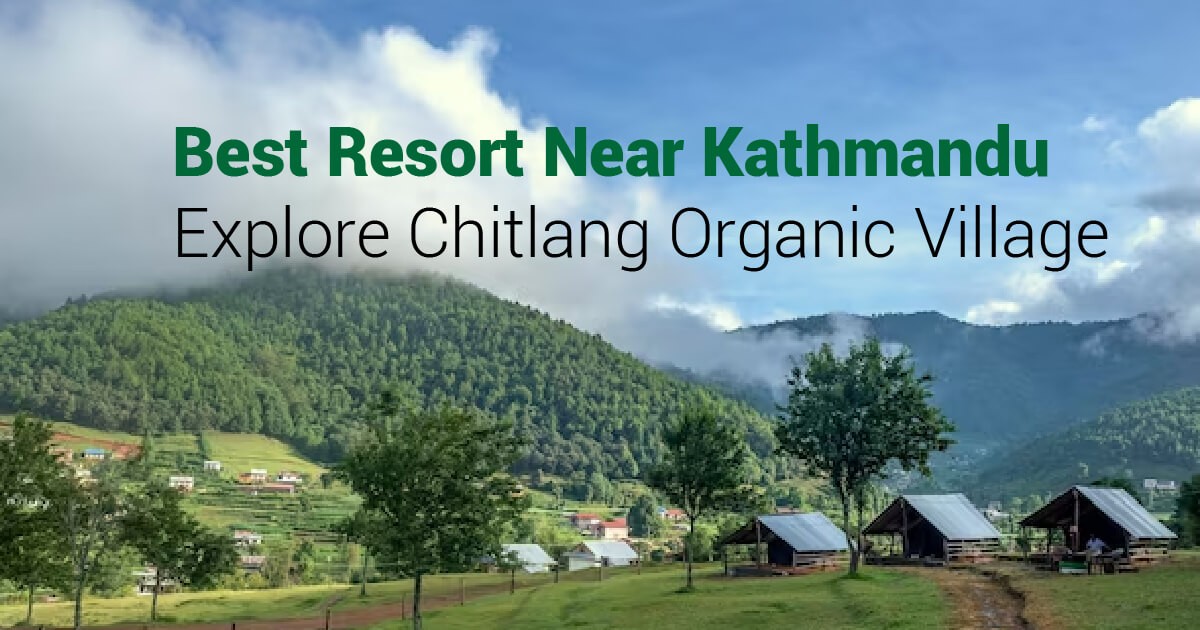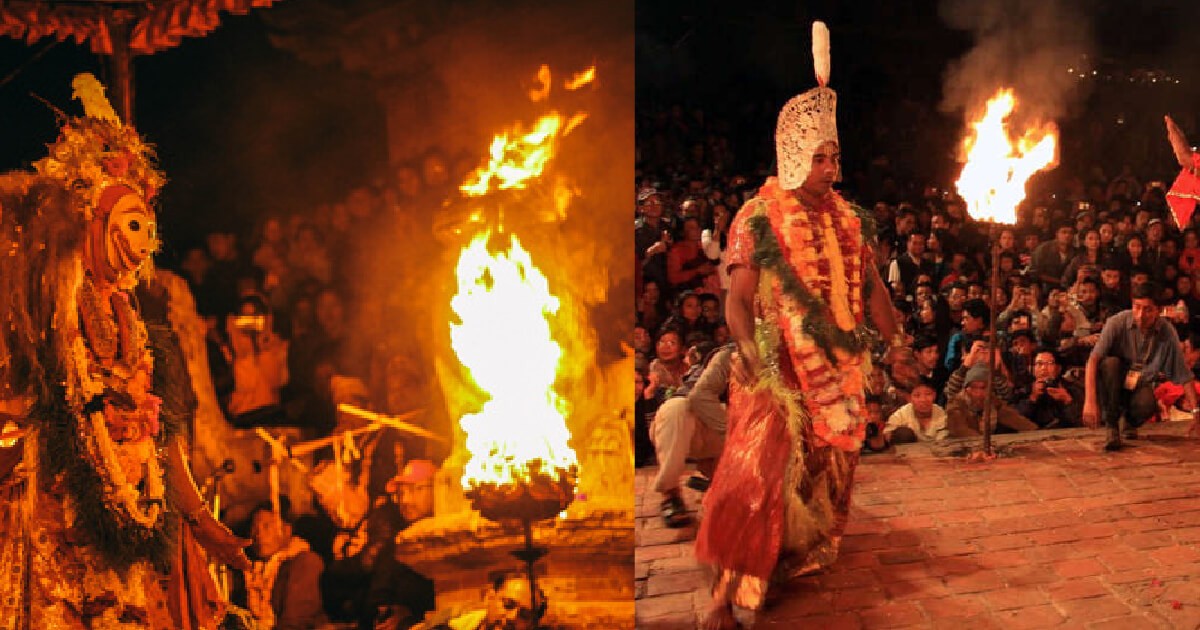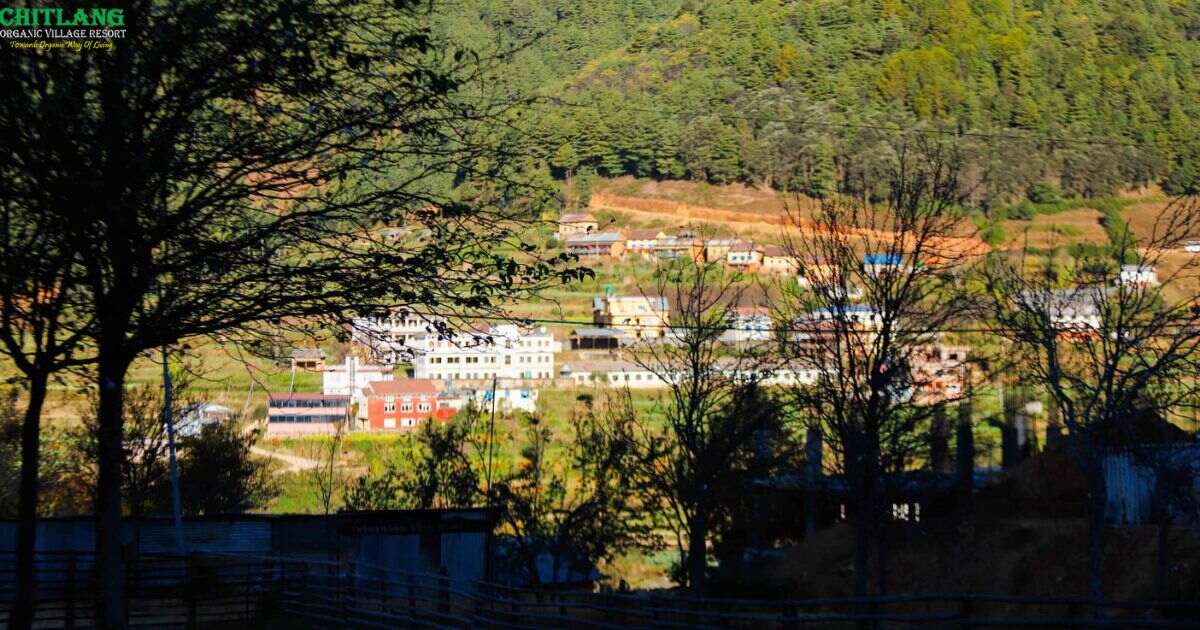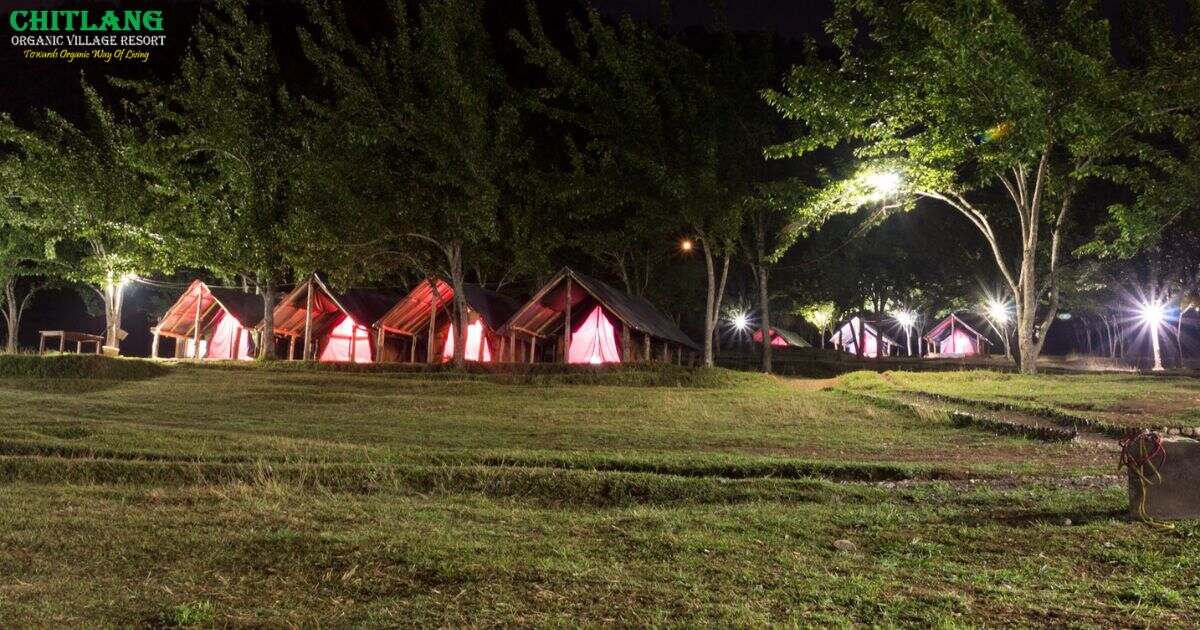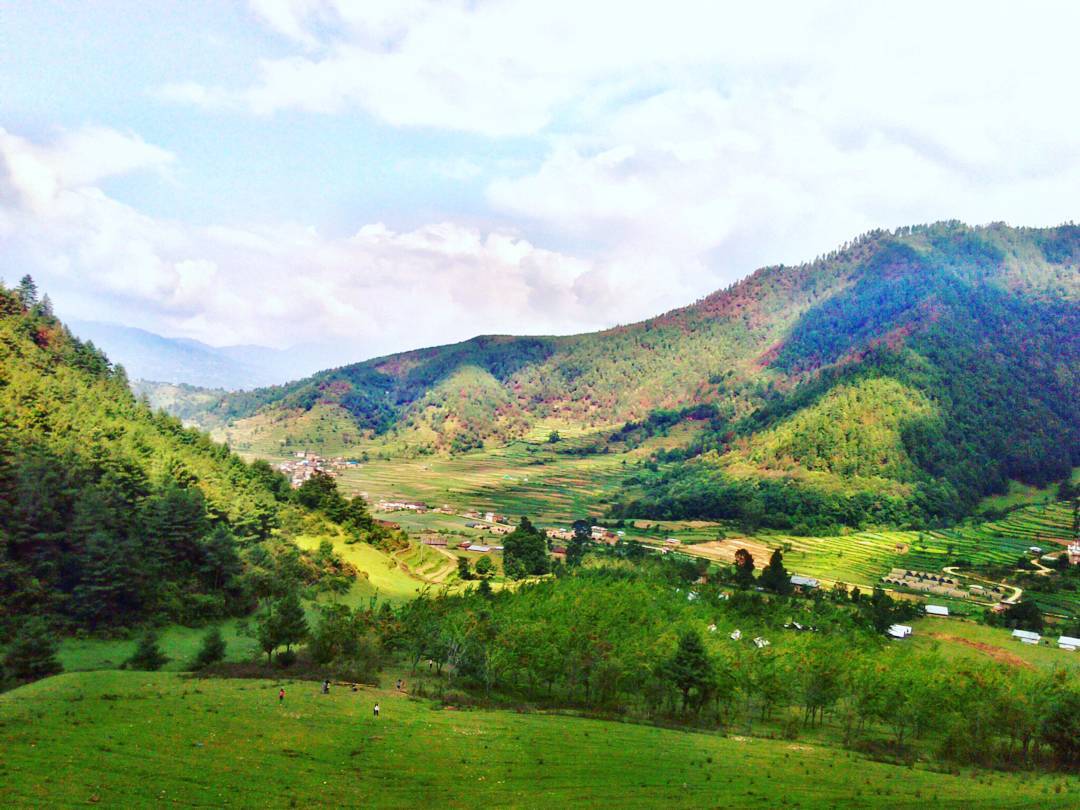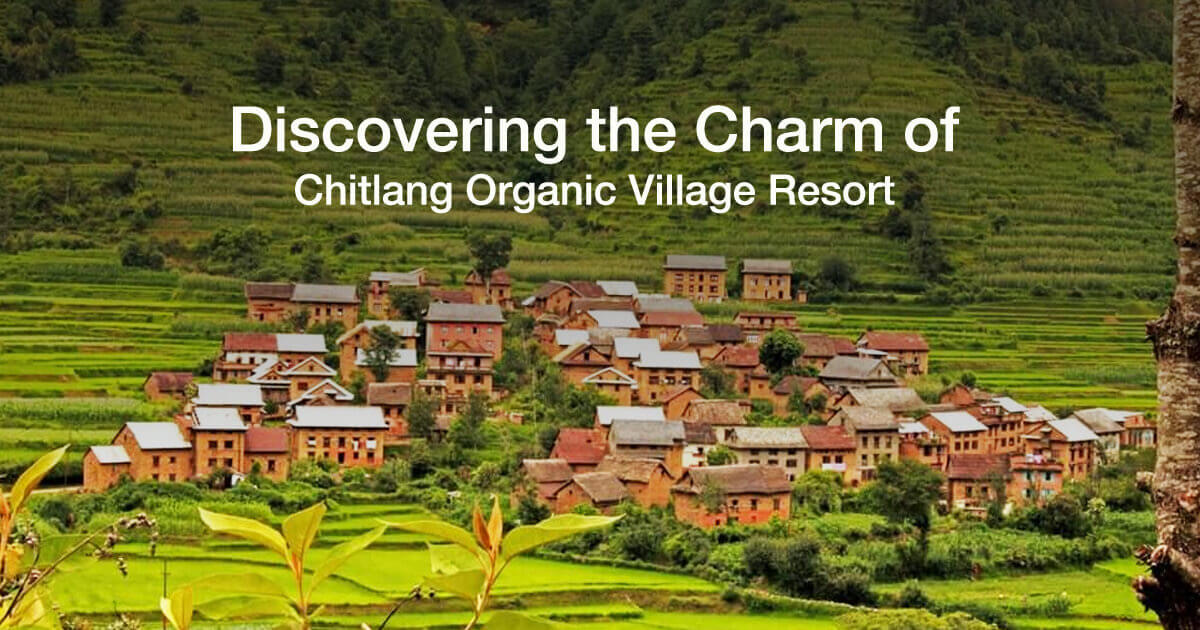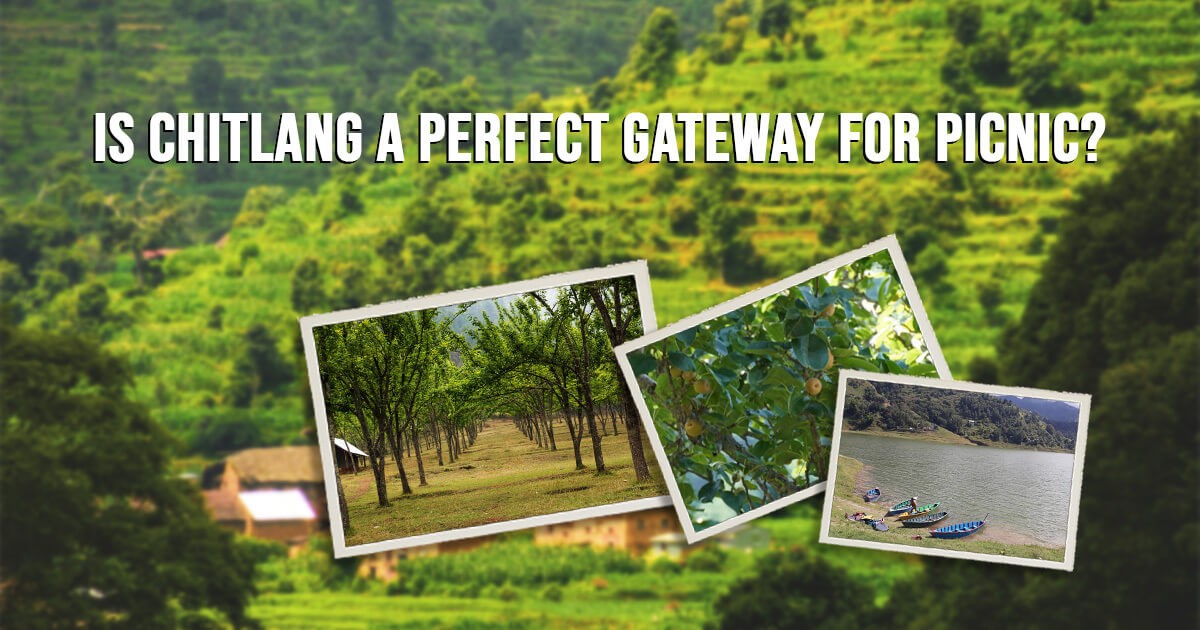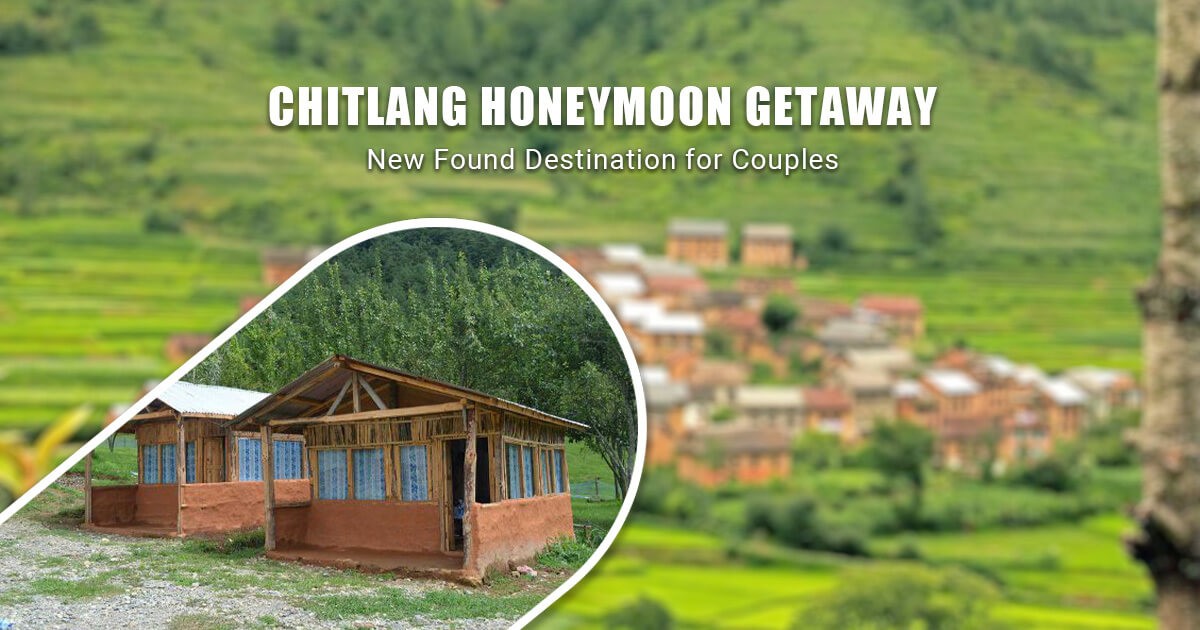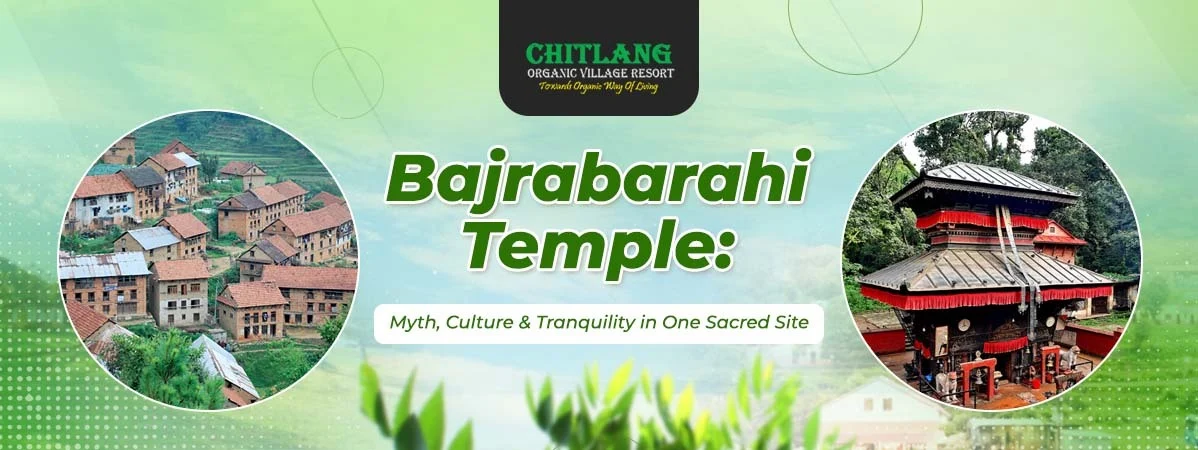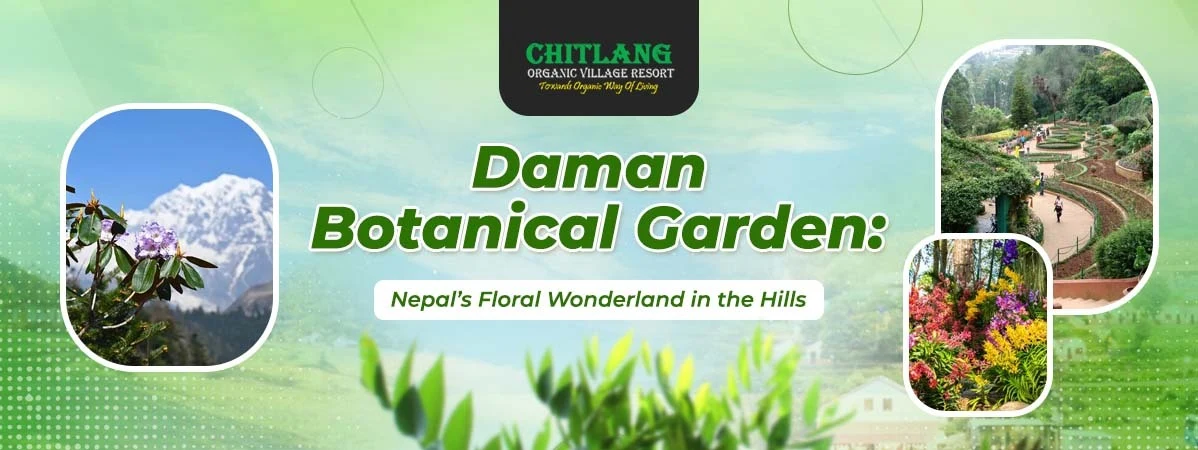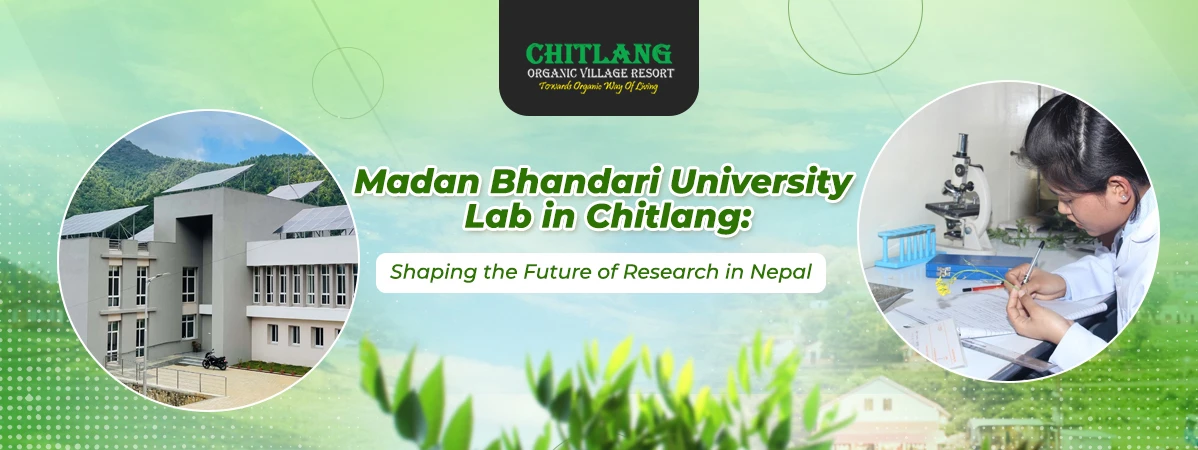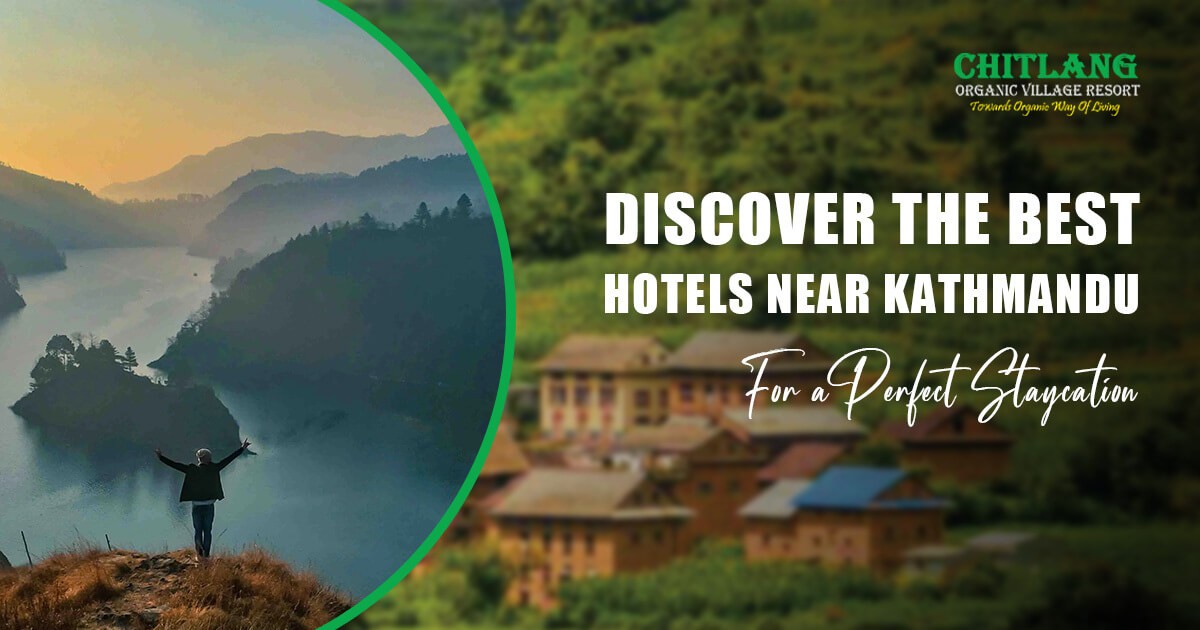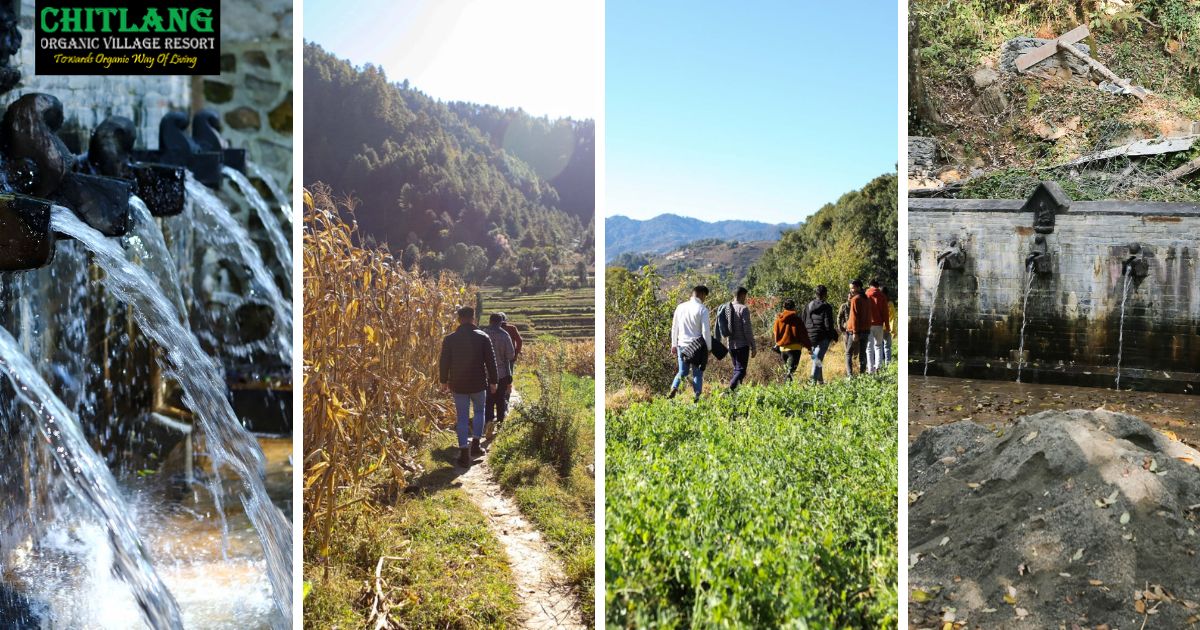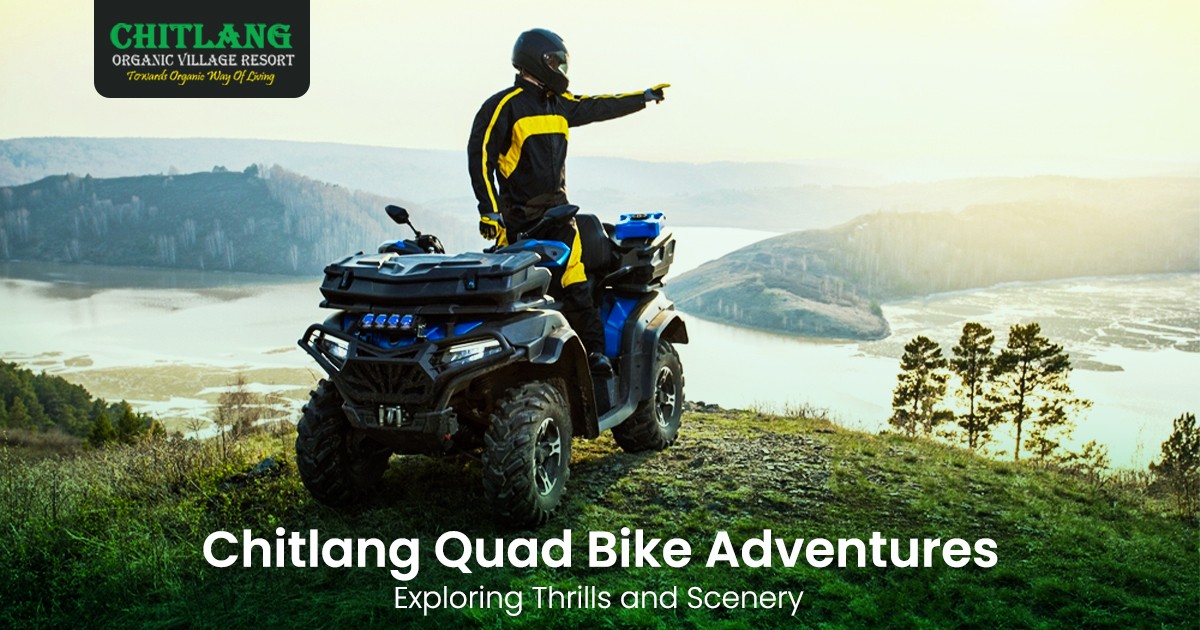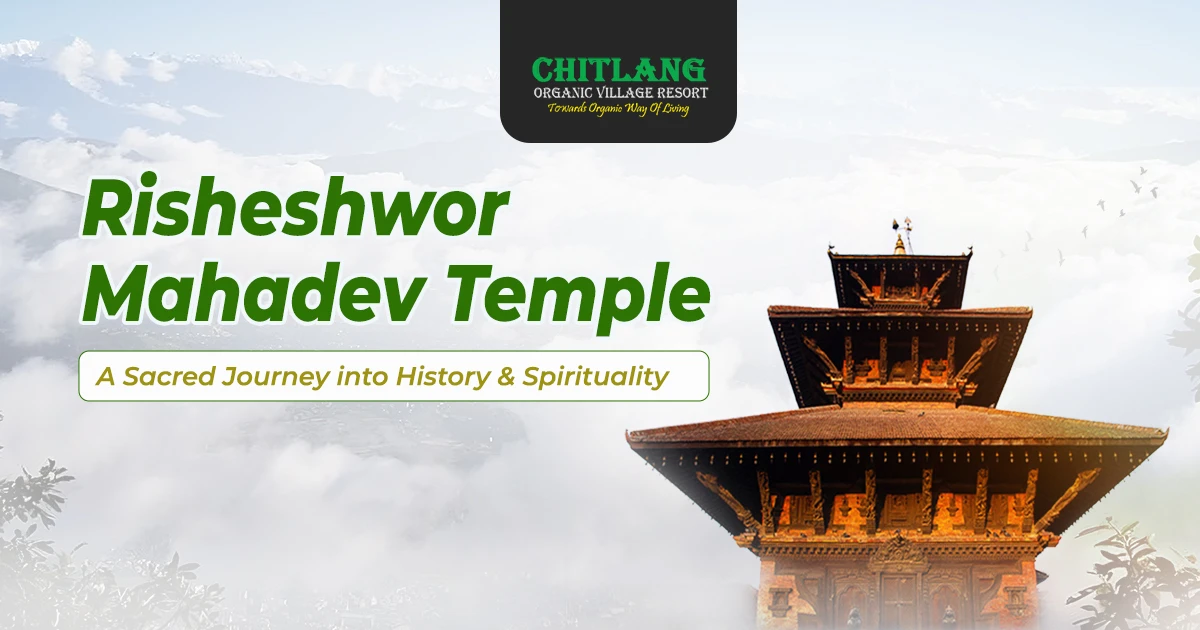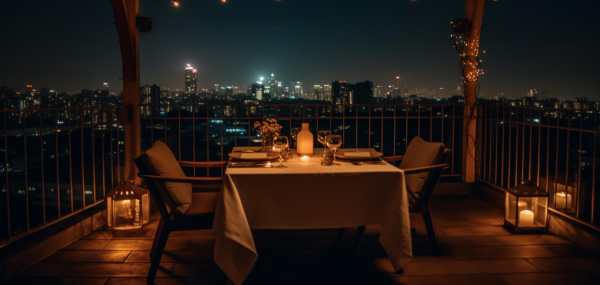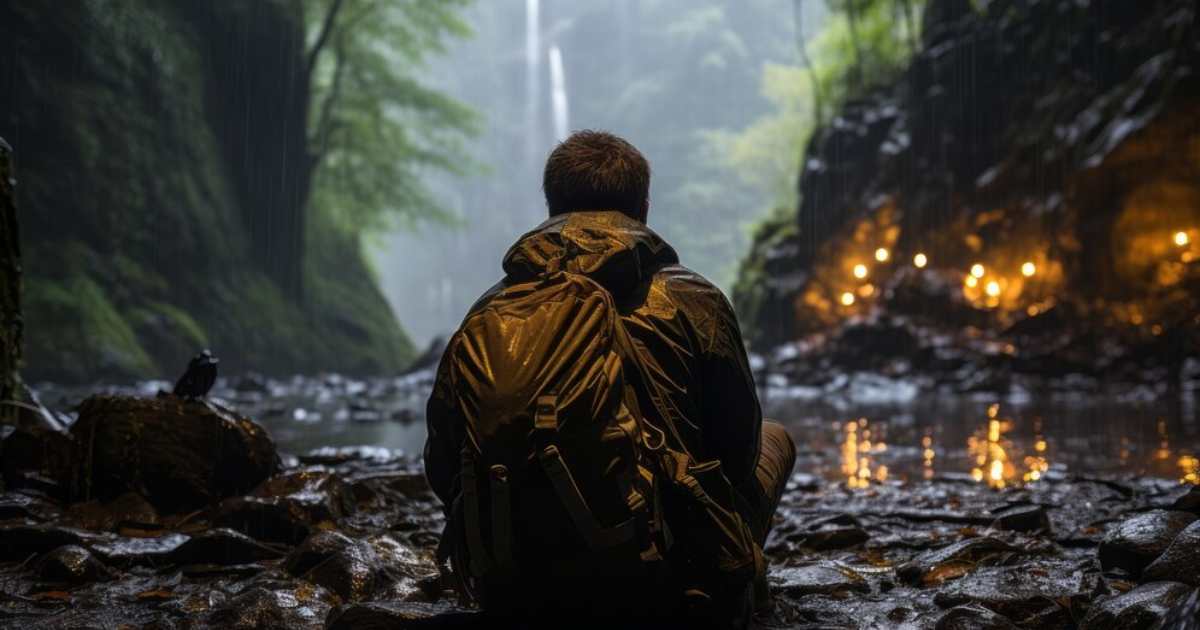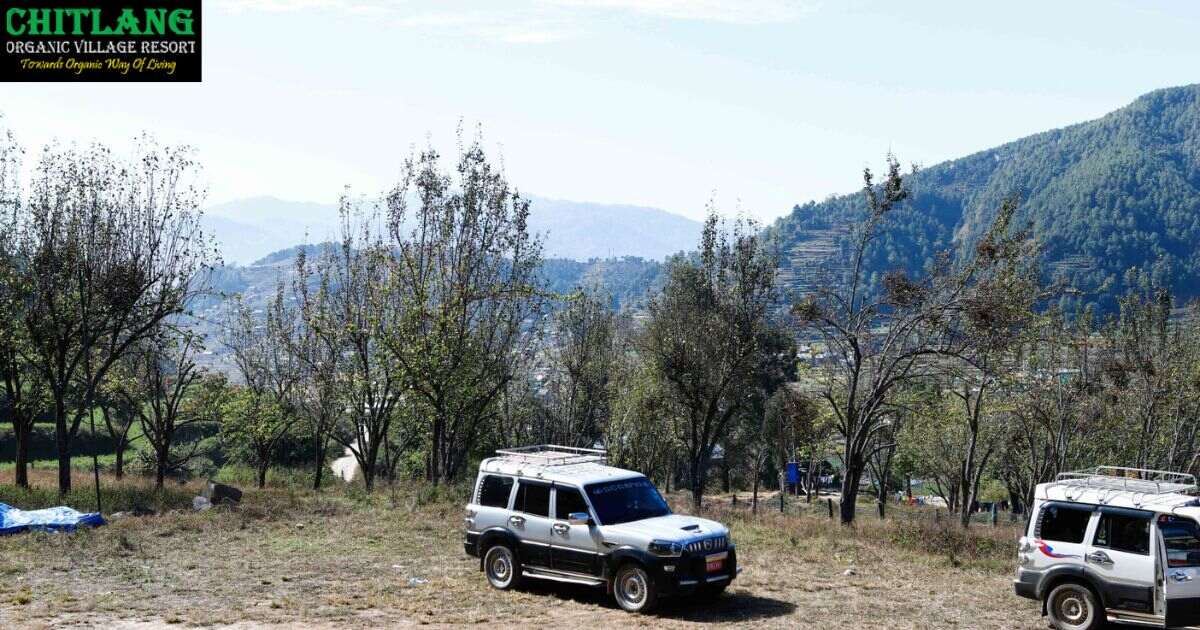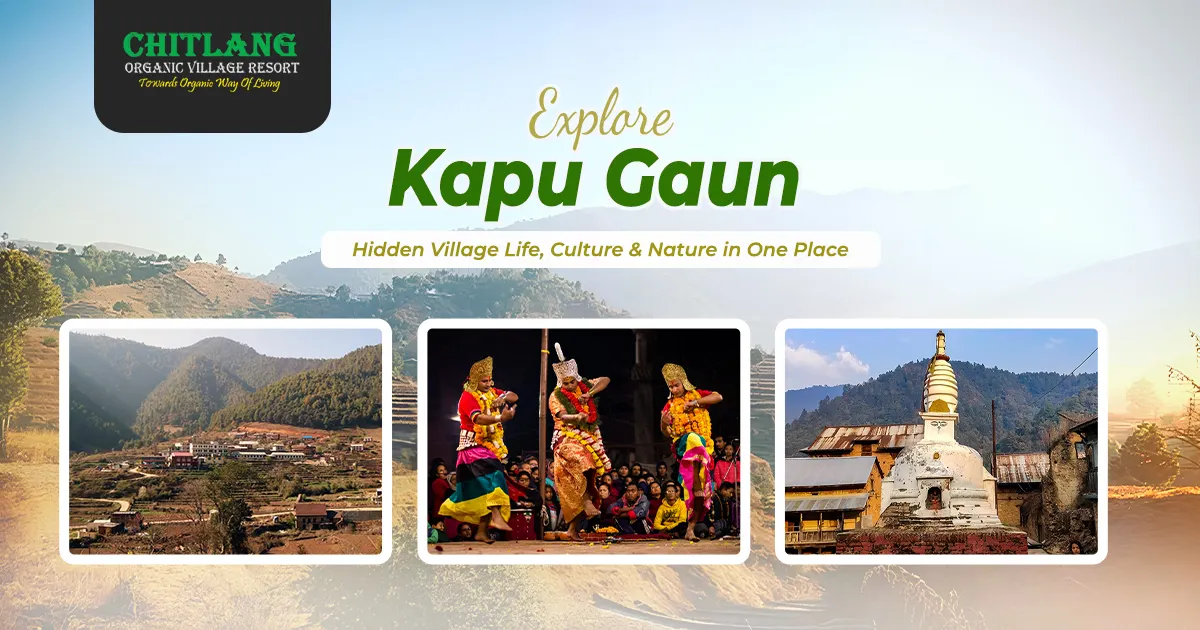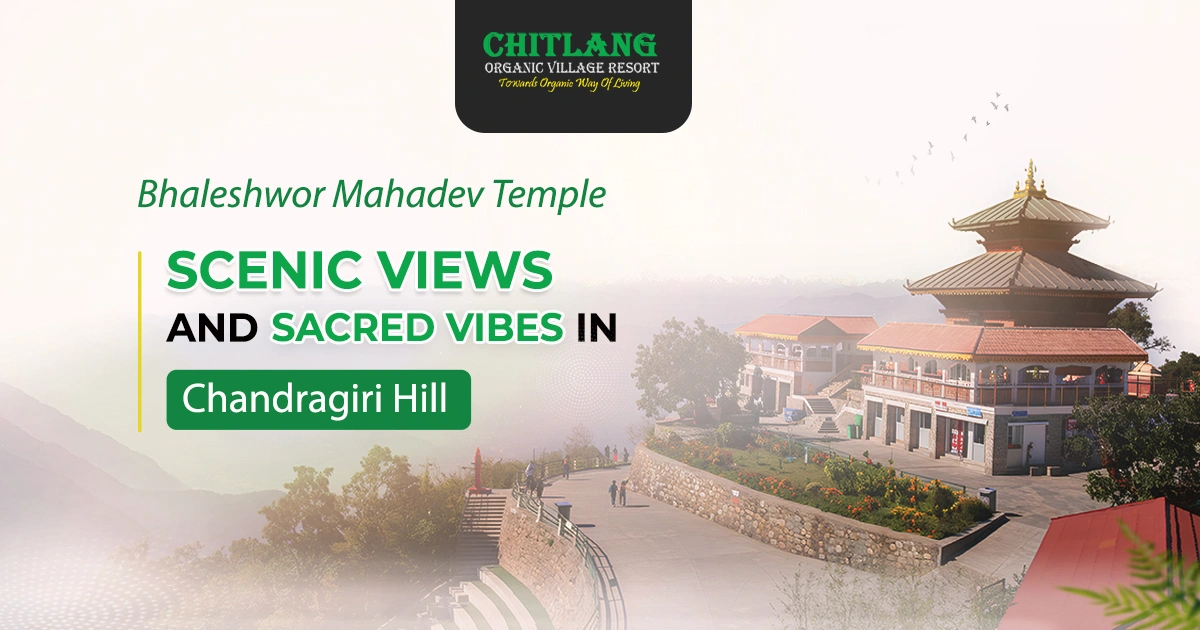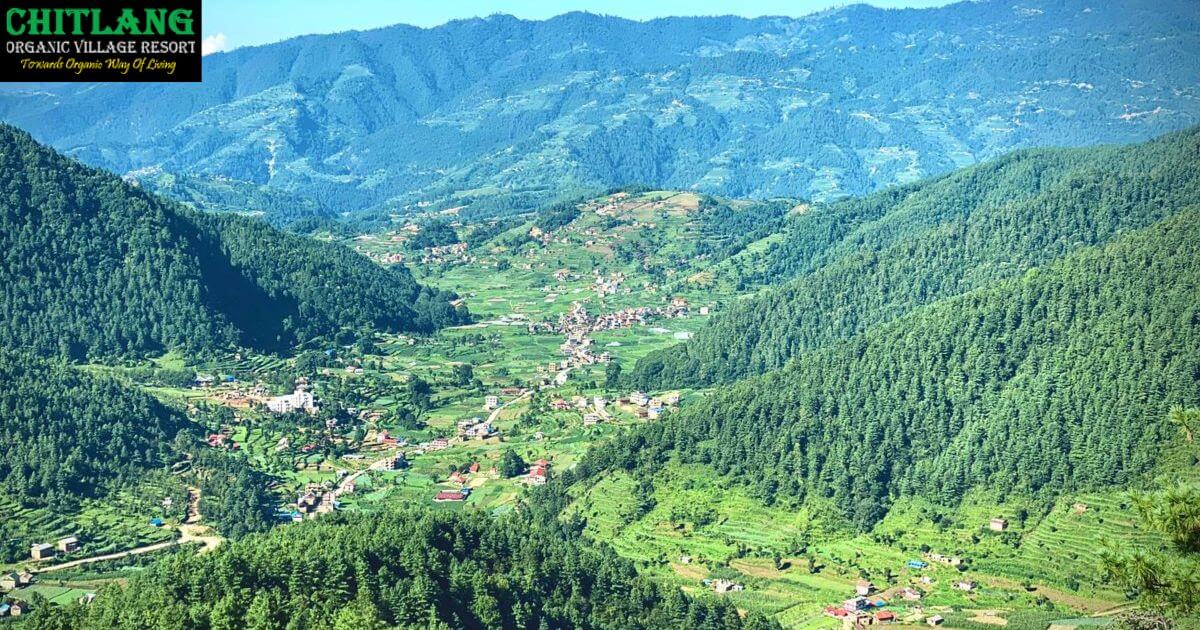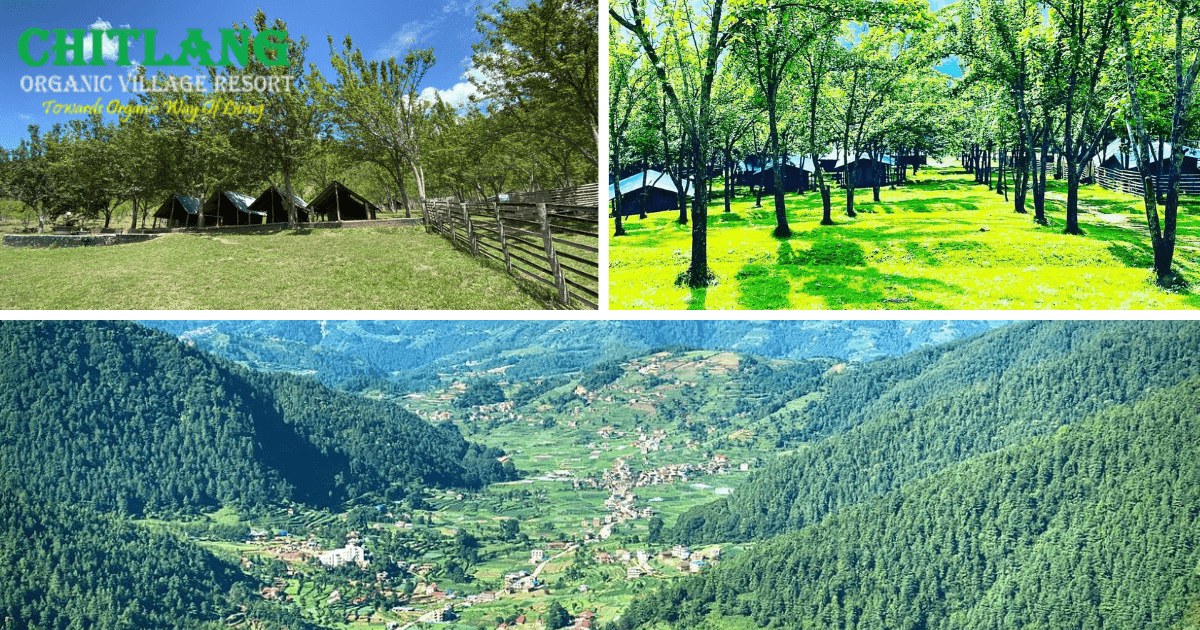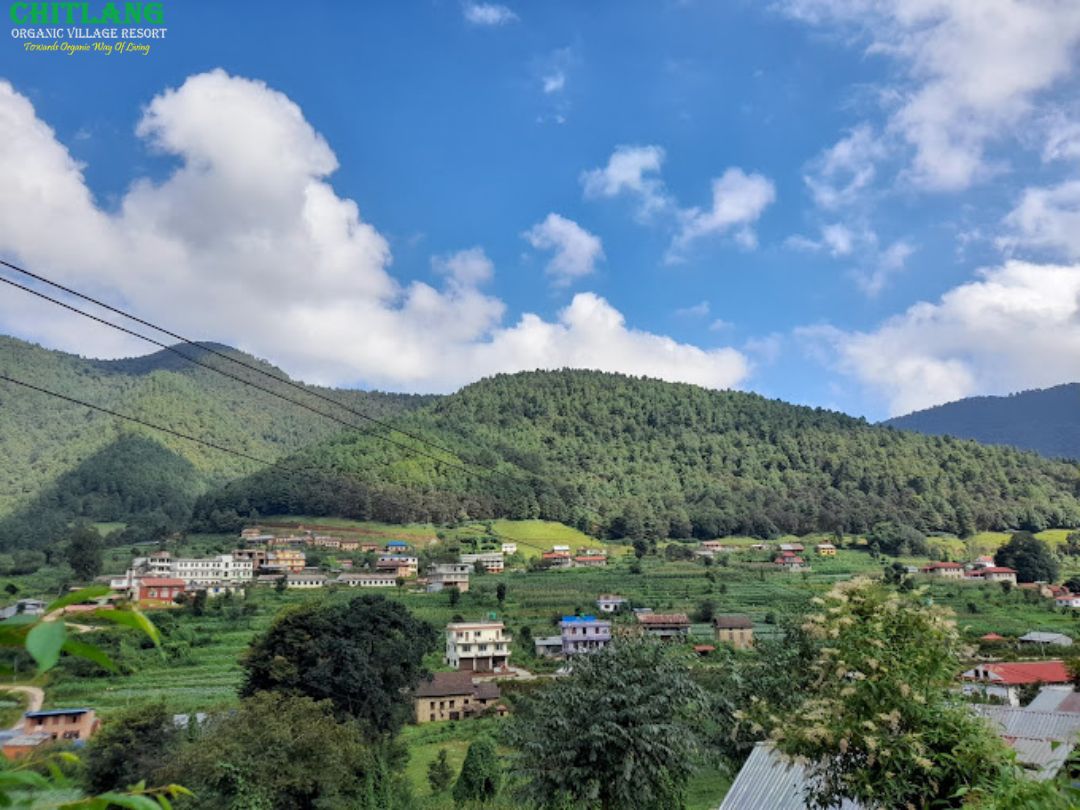Just 45 kilometres away from the busy streets of Kathmandu, the largest manmade lake of Nepal, the Indra Sarovar Lake in Kulekhani, presents itself as a sanctuary of peace where nature and human construction meet one another. This 1.3-square-kilometre reservoir, created by the Kulekhani Hydroelectric Project, is much more than just an engineering feat; it acts as a calm retreat, surrounded by the tranquil hills of Makwanpur.
This hidden jewel offers all that you might need: breathtaking scenery, romantic boat rides, or just peaceful solitude. In this blog, we will explore everything that makes Indra Sarovar special, ranging from peaceful boat rides and exciting hiking trails to practical travel tips, seasonal suggestions, and comparative notes with other lakes in Nepal. For anyone who wishes to connect with nature but does not want to go too far from the capital, this guide is for you.
Why is Indra Sarovar More Than Just a Lake?
Kulekhani Lake or Indra Sarovar Lake is Nepal’s biggest man-made lake, a fine example of engineering meeting natural beauty. Located in Markhu, Makwanpur District, this tranquil lake was formed by the 114-m high Kulekhani Dam was built mainly for hydroelectric generation. It now fulfils the power requirements of Nepal by three hydropower projects with a combined capacity of 106 MW. The beautiful lake, however, has become a haven of peace destination with serene waters and lovely scenery.
Indra Sarovar is different from other famous lakes of Nepal, such as Phewa or Begnas, due to its tranquillity. Those lakes are busy with tourism and commercial activities, whereas Indra Sarovar stands starkly quiet and largely untouched by human intervention. Such a peaceful ambience with very few visitors offers an authentic village atmosphere that will appeal to nature enthusiasts, couples, and even weekend travellers seeking a quiet escape near Kathmandu.
Nature’s Canvas: Lakeside Views & Rolling Green Hills
Indra Sarovar Lake is a beauty that is adored by people. It’s got surrounding hills and trees all around, and the lake looks like a mirror that reflects the sky and land perfectly. When the sun comes up or goes down, the water turns gold and looks like something out of a dream. It’s weird to think it was made by people.
If you like taking pictures or being in nature, you’ll love it here. The water is super clear, and the hills covered in trees are perfect for photos. Lots of folks come when the sun is rising or setting to get the best shots. Whether you’re taking pictures or just chilling, Indra Sarovar is pretty amazing.
Boating at Indra Sarovar: A Peaceful Glide Across the Lake
Going for a boat ride is a favorite thing to do at Indra Sarovar Lake. As you float on the calm water, you get great looks at the hills and trees. Whether you’re with someone special, by yourself, or with your family, boating here is a nice way to relax.
You can rent boats for around NPR 300 to 600 per ride, depending on the boat type and duration, amking it an affordable and accessible activity for most visitors . The morning is the best time to boat because the water is still, the lighting is perfect for photography and it feels nice. Watch for birds as you go. Some say the lake looks like a floating diamond because of it’s crystal-clear surface and reflective beauty.
Fishing at Indra Sarovar: A Hidden Paradise for Anglers
Indra Sarovar Lake is now one of the popular places for fishing in Nepal. People who are just starting and people who have been fishing for years come here. You can find different kinds of fish here, like trout and carp. The Fisheries Development Centre keeps the lake filled with fish and balanced by doing things like raising fish in cages and releasing young fish into the lake.
The best times to fish are before and after the monsoon season, from March to June and September to November. The water is steady then, and the fish are active. You can use bait or fly fish, and you don’t need a permit. Just remember to fish responsibly to protect the lake. You can even eat your catch at local restaurants by the lake, or just try some local food.
Nearby Activities and Attractions Around Kulekhani
Cultural Experiences in Markhu Village
Markhu Village, situated on the northwestern shore of Indra Sarovar, offers visitors an authentic glimpse into Nepal’s diverse cultural heritage. The village is home to various ethnic communities, including Newar, Tamang, Magar, Bahun, and Chhetri people, all living together harmoniously and offering warm hospitality to visitors.
Visitors can enjoy homestay experiences, participate in traditional cooking, and learn about local customs that have been preserved for generations. The serene lakeside setting adds to the charm, offering a perfect mix of culture and calm.
Mohini Jharna Waterfall
Just a short walk away from Kulekhani Dam stands the magnificent Mohini Jharna, also known as Thadokhola Jharna rock-walled waterfall of 300 feet of drop that feeds one of the sources of the Kulekhani reservoir. This glamorous natural setting offers an opportunity for swimming in natural pools after adding an adventure to any trip to Kulekhani.
You can bike to the waterfall from Kulekhani Dam in about 45 minutes, or walk in about an hour and a half. There are stone paths with railings around Mohini Jharna to make it easier for everyone to visit.
Suspension Bridge: A Walk with a View
Simply crossing over Indra Sarovar Lake is an experience to cherish. This splendid structure is serving as a local crossing but draws visitors with lovely vistas and photogenic settings. From the bridge, sweeping views of the placid lake, surrounding hills, and drifting boats below can be captured, making it a favorite spot for any photographer.
Simply crossing over Indra Sarovar Lake is an experience to cherish. This splendid structure is serving as a local crossing but draws visitors with lovely vistas and photogenic settings. From the bridge, sweeping views of the placid lake, surrounding hills, and drifting boats below can be captured, making it a favorite spot for any photographer.
How to Reach Indra Sarovar Lake?
Transportation Routes
Two primary routes lead from Kathmandu to Kulekhani, each offering a different experience and scenery of its own:
Route 1: Via Thankot-Chitlang
This scenic route goesthrough Thankot-Godam-Chitlang-Markhu and offers the magnificent scene of the green forest, ascending hills, and beautiful valleys to the tourists. Usually, this 31-kilometre journey can take between 2 to 3 hours in a private vehicle, with plenty of opportunities to stop at viewpoints and local tea houses.
Route 2: Via Dakshinkali-Pharping
Scenic but longer, this route goes through Balkhu-Dakshinkali-Pharping-Kulekhani, passing through many culturally important places, including the renowned Dakshinkali Temple and the Buddhist pilgrimage sites of Pharping.
Public Transportation Options
Budget-conscious travellers can reach Kulekhani using public transportation:
- Local buses depart from Ratna Park, Kalanki, or Balkhu heading toward Kulekhani or Pharping. Get off at Markhu or Kulekhani Bazaar.
- Journey time: approximately 2-3 hours.
- Cost: around NPR 200 from Kalanki to Chitlang.
- Microbuses and pick-up vehicles also provide transportation services, particularly useful for the final leg to Markhu.
Private Vehicle Benefits
By hiring a private vehicle or taxi, one can enjoy the utmost flexibility and comfort to make stops at beautiful viewpoints or explore attractive little towns along the way. This option is highly recommended for photography lovers and persons travelling with families or elderly members.
Best Time to Visit Indra Sarovar Lake
Different experiences are offered at Indra Sarovar Lake in all the seasons, but each season has its distinguishing features:
- Spring (March-May): This season features blossoming rhododendron flowers in the forests all around, pleasant temperatures, and superb visibility for mountain views. Thus, it can be considered an excellent time for a hiking or trekking holiday.
- Summer/Monsoon (June-September): It brings the greenery and full lake level and higher water flow, but can make access to Silsila difficult during heavy rains. The monsoon offers spectacular green landscapes, but requires one to be careful of the road conditions.
- Autumn (October-December): Autumn seasons come with perfect weather with bright sunshine and good sight conditions, so it is a perfect tourist season. All conditions are perfect during this period.
- Winter (December-February): Temperatures can be quite cold, yet the air is clear and crisp with outstanding sunrise/sunset views.
Activity-Specific Timing
Different activities have optimal timing considerations:
- Photography: Early morning (5 to 7 A.M.) and evening (5 to 7 P.M.) are appreciated for golden hour lighting.
- Fishing: Pre-monsoon and post-monsoon periods yield the best results.
- Hiking: Autumn and spring come with comfortable weather conditions.
- Boating: Year-round, with an early morning preference for calm waters.
Accommodation and Dining Options
Where to Stay?
The Kulekhani area offers diverse accommodation options to suit various budgets and preferences:
Resort Options:
- Chitlang Organic Village Resort: Provide eco-friendly accommodation with a cultural experience.
- Kulekhani Village Resort: Great place to stay with an amazing view of the lake and rooms with traditional designs.
- KDH Resort: t: Offers lakefront living with modern amenities.
Budget Accommodations:
- Homestays in Markhu village offer authentic cultural experiences.
- Local guesthouses provide basic but comfortable facilities.
- Camping options for adventure enthusiasts.
Local Cuisine and Specialties
Kulekhani is a place where all food experiences and culture revolve around fresh fish preparations. There are some restaurants which are famous for fish curry recipes and preparations. Local fish is considered a specialty, fried, and curried using traditional Nepali spices and methods.
Traditional preparations include:
- Fresh fish curry made with locally caught fish, aromatic spices, and traditional cooking techniques.
- Fried fish served with rice and local vegetables.
- Authentic Nepali Dal-bhat with fresh lake fish.
- Local vegetables are grown in the fertile Kulekhani region.
Suggested Travel Itineraries for Visiting Indra Sarovar Lake
Well-Planned Day Trip from Kathmandu
- 6:00–7:00 AM: Early morning departure from Kathmandu for a head start.
- 9:00–10:00 AM: Arrive at Kulekhani; enjoy a lakeside breakfast.
- 10:00 AM–12:00 PM: Explore the lake with a relaxing boating experience.
- 12:00–1:00 PM: Lunch at a local restaurant; savour traditional fish specialties.
- 2:00–4:00 PM: Short excursion to Mohini Jharna waterfall for nature and photos.
- 4:00–7:00 PM: Return journey to Kathmandu; catch sunset views along the route.
Immersive Extended Stay Option:
Day 1:
- Travel to Kulekhani via Chitlang, enjoying rural sights along the way.
- Get to your place and stay the night.
Day 2:
- Take a scenic hike to Markhu village.
- Experience boating on Indra Sarovar as well as local cultural interactions.
Day 3:
- Visit the awesome Mohini Jharna waterfall.
- Get ready to go back to Kathmandu, ending the trip.
These plans can help you get the best from your time at Indra Sarovar Lake, if you have just one day or want a longer trip.
Conclusion
Lying amidst the land of majestic peaks and ancient towns, alongside many more gems of nature, Indra Sarovar Lake is an underrated jewel. Its blend of serene boating, peaceful fishing, and untouched landscapes offers a refreshing contrast to Nepal’s more crowded destinations. For those seeking a quieter, more authentic Nepali experience, this lake is more than worth the journey.
Whether you go for just a day or stay over close by, Indra Sarovar gives you plenty of peace. The water moving gently, the birds singing, and the cool mountain air will bring you back to why travelling is great: getting back to nature and yourself.
Make a trip to Indra Sarovar Lake to soak yourself in peaceful water, scenic beauty and that makes you feel the taste of authentic Nepali flavors. The next adventure of your life is only a trip away!







